by Dan Kennedy, Kumveka Executive Director. He's helped dozens of ministries around the world develop their brand architecture.
In my conversations with ministry leaders about branding, we often talk about how brand is more than a logo or tagline. Your ministry's brand encompasses people's perceptions of who you are and what you do and every way they interact with you. The great part about a good brand? You can use its elements as leadership tools. Let's dive into one: brand architecture.
What is brand architecture?
Simply put, brand architecture is the framework for how your audiences navigate your organization. It's often expressed in a hierarchy of logos that represent what your audience gets from you—preferably not just what you have to offer (keep reading).
Why is brand architecture important?
- It forces you to consider the needs and context of your audience from their point of view (think Compassionate Communication). It's about their experience, not your offerings. This is the same thinking that forces us to lead with Promises (benefits) and follow with Proofs (features or reasons to believe). The most common violation of this is when you build your Brand Architecture around how you are organized. How many "XYZ" logos have you seen that are mercilessly adorned with sub-headers of "XYZ - Northeast Division" or "XYZ - Logistics Group"—when you just care about XYZ? Some examples: Both BMW and Hyundai do this by tagging "USA" to most ads.
- It establishes leadership intent for the organization. A robust Brand Architecture should explicitly state how you desire your audiences to experience you and what is off limits. In this, you've given every level of your organization a decision-making tool. For example, if you're developing new products, do they fit into your Brand Architecture?
- It communications vision. Think building a foundation for a house. Foresight would say that while the house is only so big today, you're going to plan for future growth. You'll likely make different decisions if you think you'll eventually build a garage instead vs. a guest bedroom. Now think about your ministry. If your "foundation" describes a future endeavor involving a bakery or work in Cuba, your organization knows those are on the horizon and can plan accordingly.
Who does brand architecture well?
A prime example is Serge. While they serve in a number of capacities and have many ways to describe how their audiences can experience their ministry, they are disciplined and consistent about it. First, they always seek to start with just Serge and what's at their core ("grace at the fray.") After that they will invite you into Serge :: Resources, Serge :: Mentoring, or Serge :: Mission based on your interest.
Clear? Yes. Easy to rally an entire organization—recruiting, assessment/training, development, operations—to? No way.
What can you do next?
- Don't fear simple. Go back to the priority of caring for your audience's experience. This must be the goal. Be explicit about what you're not choosing. There's much to explore about this topic. For now, I recommend the book Made to Stick, particularly Chapter 1 that covers what we call The Pomelo Principle (accessibility vs. accuracy).
- Share it. Brand Architecture can be an amazing tool, but it can't just live in a Keynote deck or your Brand Identity Guidelines. Think of it as one more way to lead—even after you leave the room.
How have you used brand architecture to lead your organization?
Learn more:

